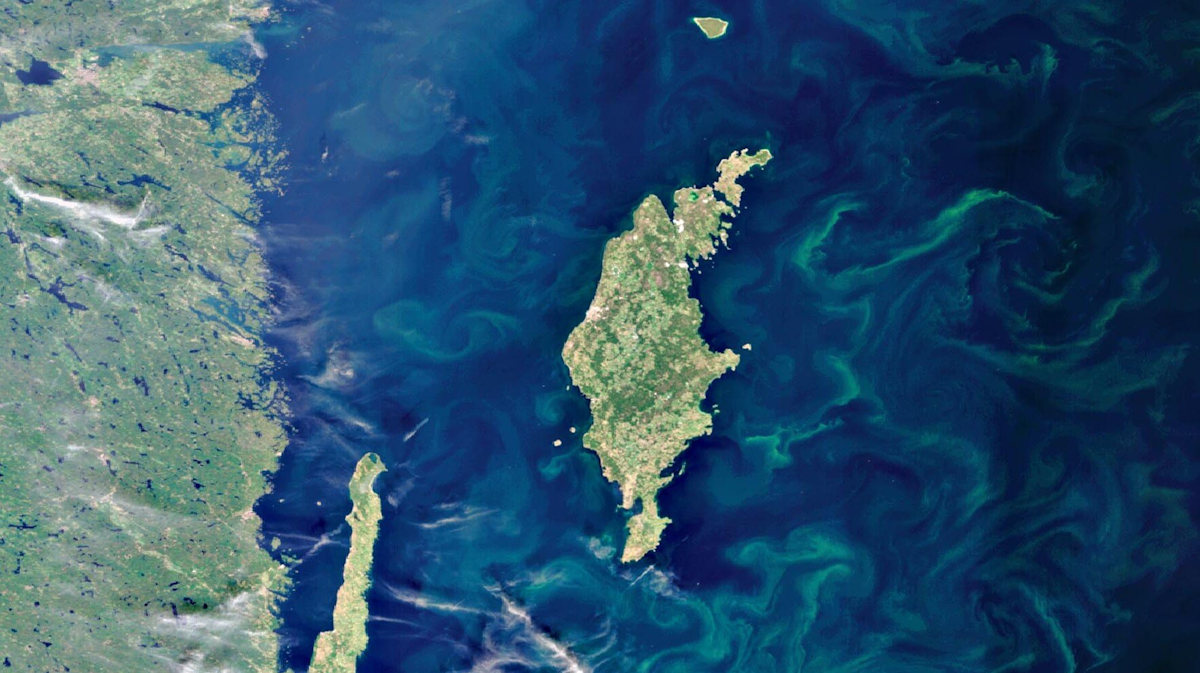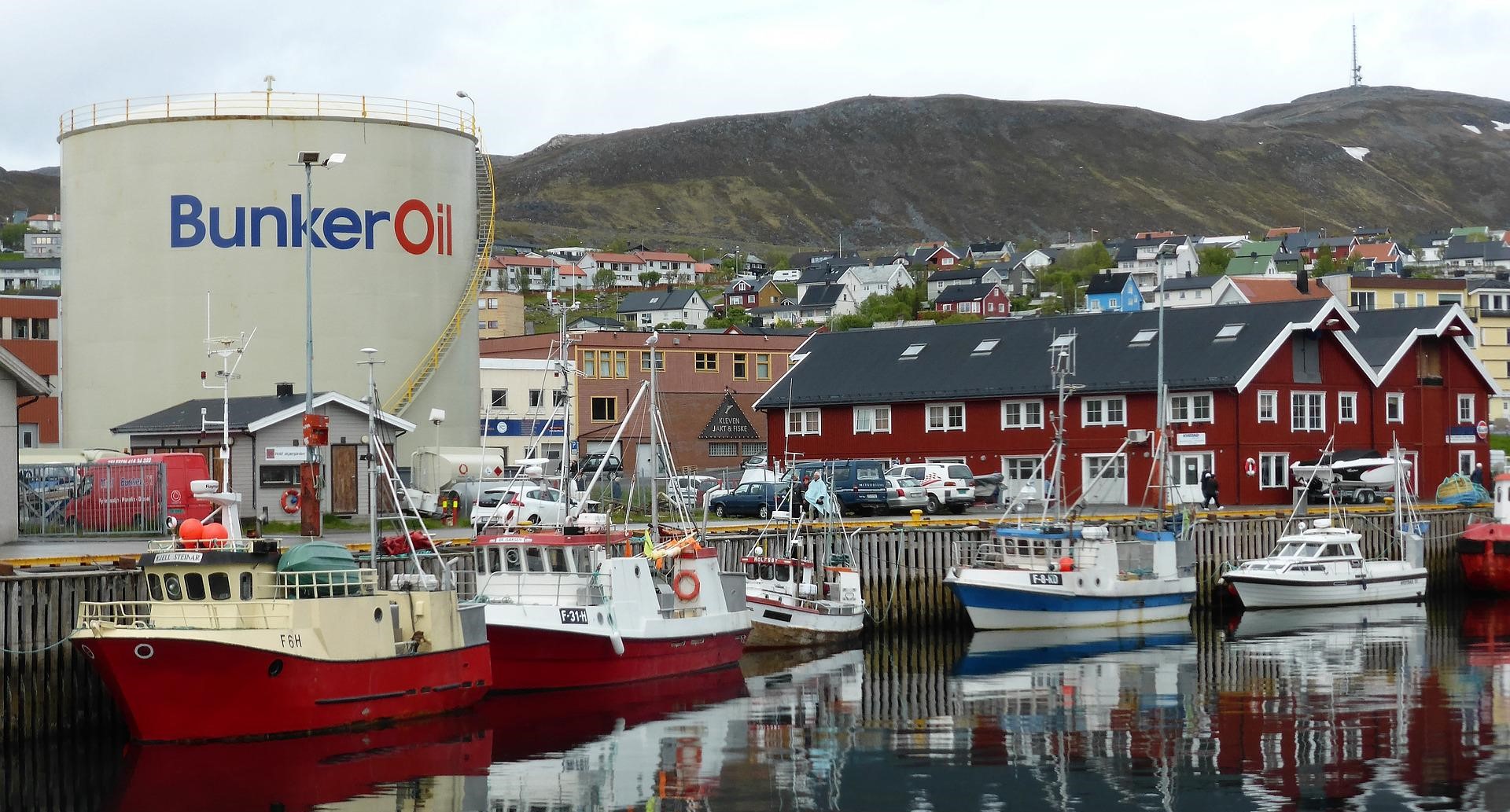“If we study the impact of human activities on marine ecosystems without considering the specific species that inhabit them, we will miss serious damage,” said Annaleena Vaher, a researcher at the University of Tartu.
Conservationists should consider how algae and mussels, for example, contribute to reef habitat. “Some human activities can have far greater impacts on specific species that make up the habitat than on the habitat as a whole.”
Vaher and colleagues developed the PlanWise4Blue application, which predicts cumulative impacts of 21 different human activities on 27 natural assets, to help aquaculturists, wind farm developers and fishermen, among others, plan their marine activities effectively and responsibly.
In a recent pilot study, the app was used to assess the individual and combined impacts of three types of human activities on reef and sandbank habitats in the north-eastern Baltic Sea.
“We focused on three distinct anthropogenic pressures in Estonian waters: wind farm development, nutrient pollution and invasive species such as the estuarine crab and the round goby,” explained Vaher.
The researchers chose these three types of activities because the level of control over them is different.
Even if the decision to build a wind farm has already been made, the location can be adjusted by a few hundred meters if necessary. “But controlling invasive species that have entered the Baltic Sea is very difficult unless they are served in restaurants,” she said. And the amount of nutrients entering the sea depends entirely on human agricultural activity.
“Of the three impacts assessed, current nutrient abundance in the water is the most detrimental factor to natural levels,” Vaher said.
This is a problem for all nine countries bordering the Baltic Sea, not only for Estonia, ie nutrient inputs from all nine countries into the Baltic Sea.
If the inflow is not reduced, valuable seabed habitats will disappear and the waters will begin to flourish. “Large algae and taller plants are at risk, particularly seaweed. This species is quite susceptible to pollution; it needs lots of light and clean water,” Vaher said.
However, the destructive effects of diet can easily be managed by humans.
In their application, Vaher and colleagues modeled a future in which all nine countries bordering the Baltic Sea limit the amount of nutrients entering the sea to a quarter. “The result improved the image significantly,” Vaher said.
Although the Baltic Marine Environment Protection Commission (Helsinki Commission – HELCOM), which manages the Baltic Sea, has also emphasized the need to reduce fertilizer inputs by a quarter, Estonia, for example, has not yet reduced its own contribution to this level.
In addition, Vaher continues, it is unlikely that the large industrialized nations will be able to make such a reduction at this point in time: “At sea, national borders are less pronounced.
Alien, invasive species rank second among the factors examined with regard to harmful effects.

“For example, nutrients could cause an 80 percent decrease in seagrass habitat in some areas, but invasive species could cause a 30 percent decrease,” Vaher explained. Controlling invasive species in the sea is almost impossible, and both species – the estuary crab and the round goby – are now widespread and well established in Estonian waters.
“The impact of wind farms on marine life is rather small.” Only a small portion of the wind turbine goes into the water, and this new substrate may actually increase marine mollusc numbers, Vaher said. “Results indicated that installing a wind turbine in regions where no natural reef habitat occurs could provide a favorable basis for reef species to establish themselves.”
“Our modeling has shown that removing nutrients from the marine environment is necessary if we are to improve the state of the sea. Again, invasive species should be fished out and consumed where possible, and wind farms should be placed with extreme care to minimize impact on marine habitats.”
All Baltic Sea countries could share the PlanWise4Blue model, she said. “After all, we share a common sea, and decisions should be made collectively and scientifically.”
The application could be valuable for marine planners who could see on a map where it is most environmentally sound to plan a particular activity and what activities could be developed in the area to reduce cumulative environmental impacts.
The PlanWise4Blue algorithm uses current scientific literature and databases and translates this information into a format that allows the simulation of many scenarios.

These maps could be used to assess the impact of various human activities on the Baltic Sea ecosystem.
The application’s output maps show the extent to which the habitat area is reduced or expanded in this or that scenario.
A square on PlanWise4Blue maps corresponds to one square kilometer. It’s not technically difficult, Vaher said, to increase the resolution of the application, but significantly more environmental data would need to be collected first. “We are constantly improving the application in light of new human stressors and scientific literature.”
The app is a good example of how cutting-edge science can be quickly applied to address society’s most pressing environmental issues. “It allows us to make more informed decisions as a group,” Vaher said.
Commissioned by the finance and environment ministries and supported by several other organizations, the tool is currently being tested with data from Estonia, Latvia and Finland.
‘Estonia’s strength,’ said the researcher, ‘is that we are small enough to test systems of this type; if they work, others will follow suit.’
—
Follow ERR News on Facebook and Twitter and don’t miss an update!




